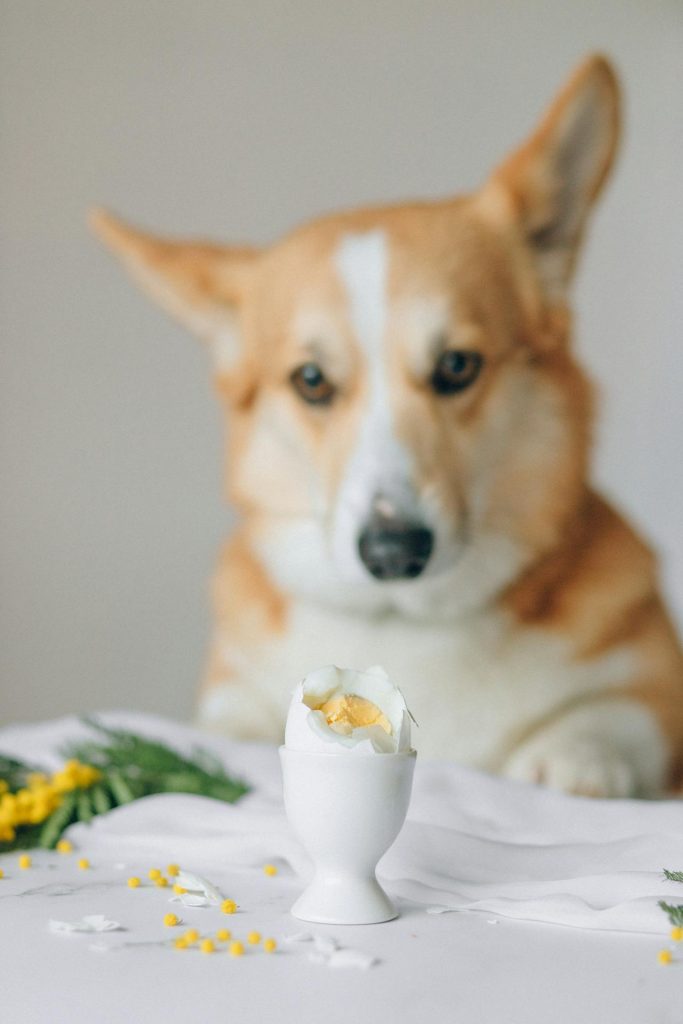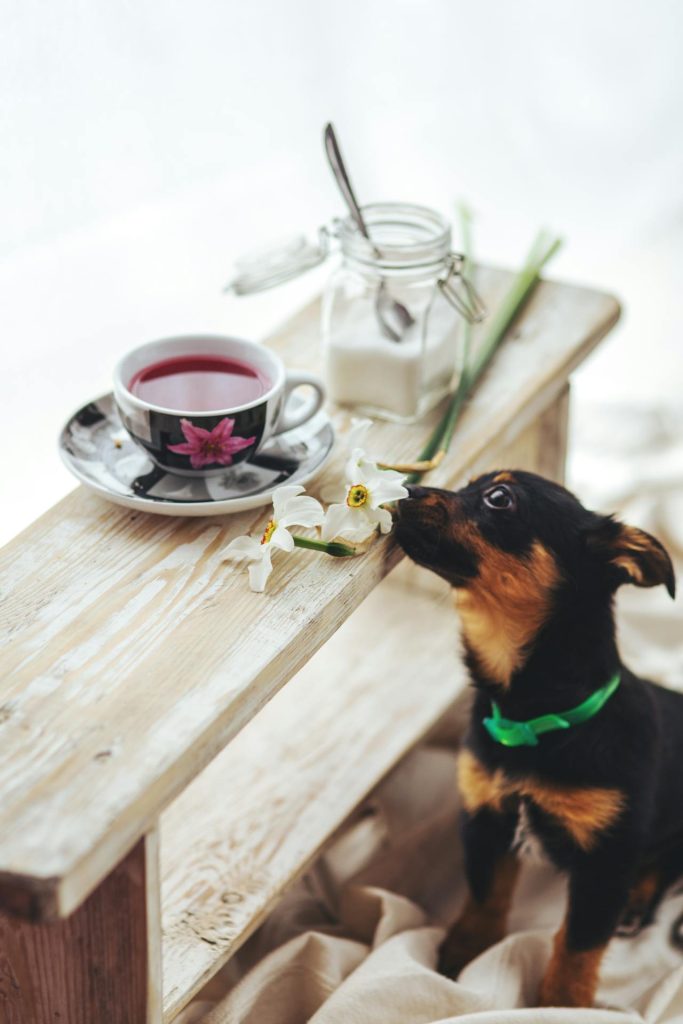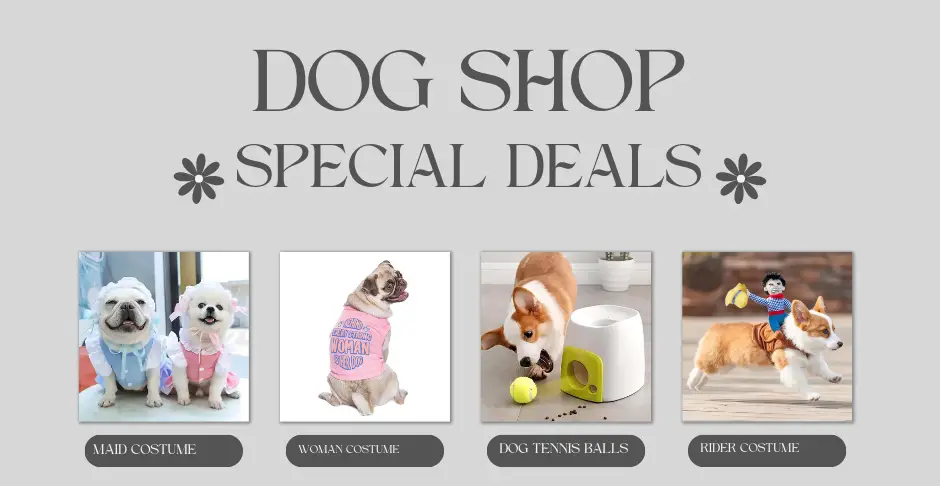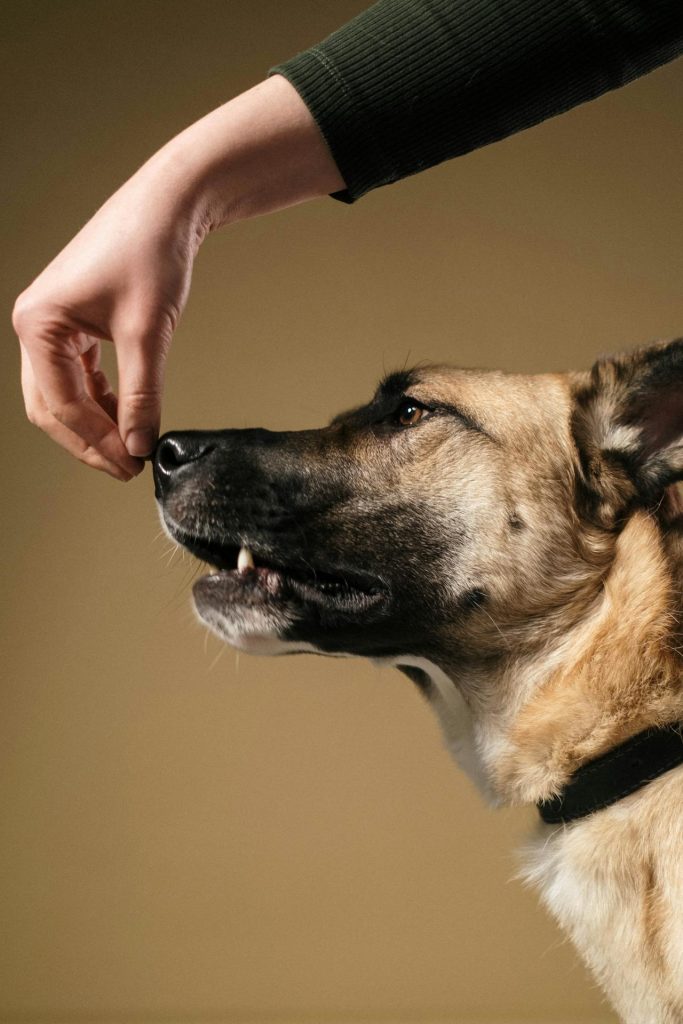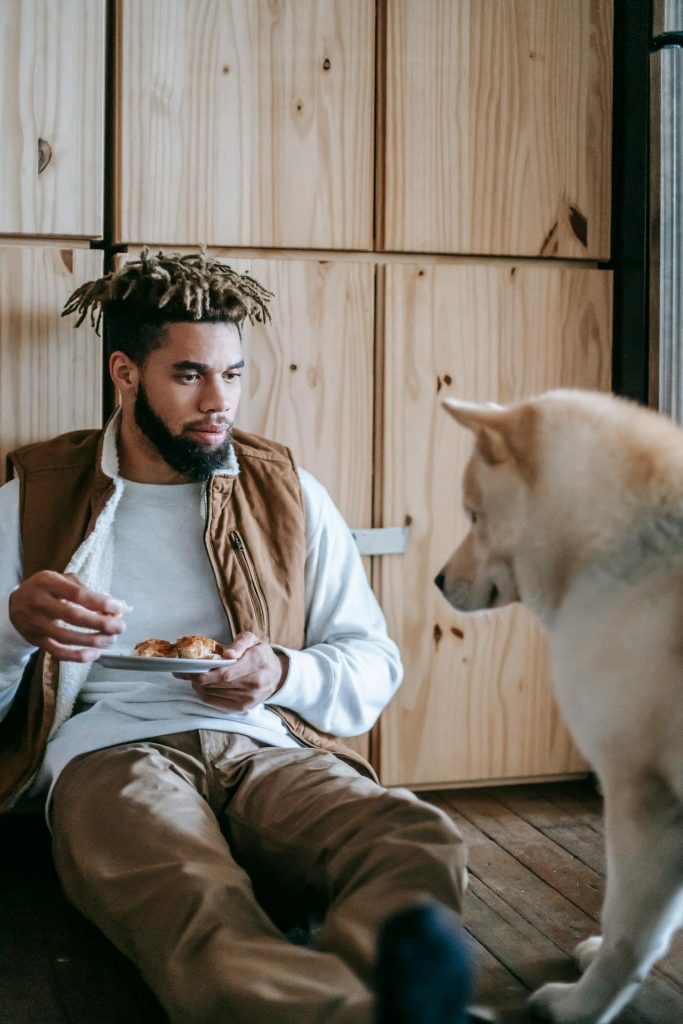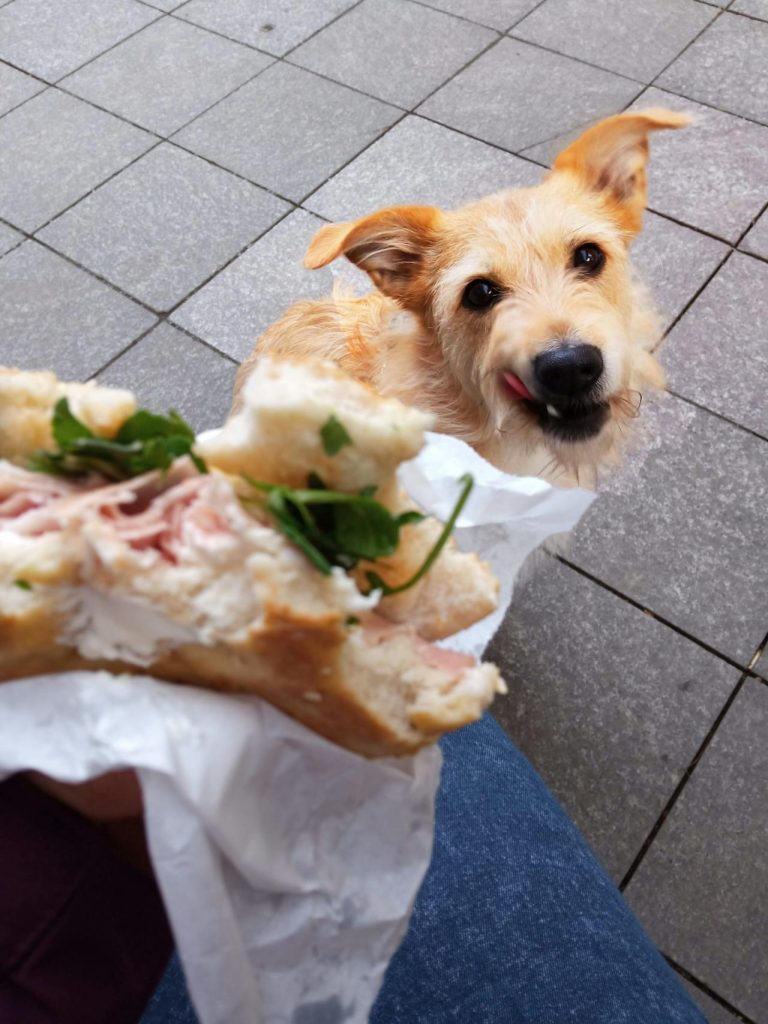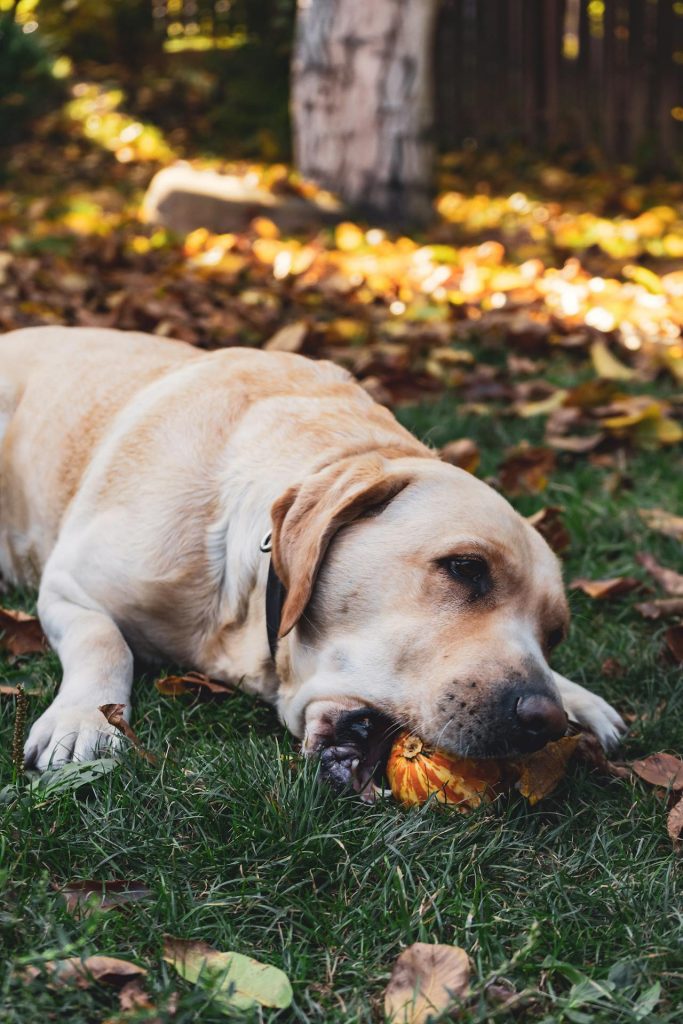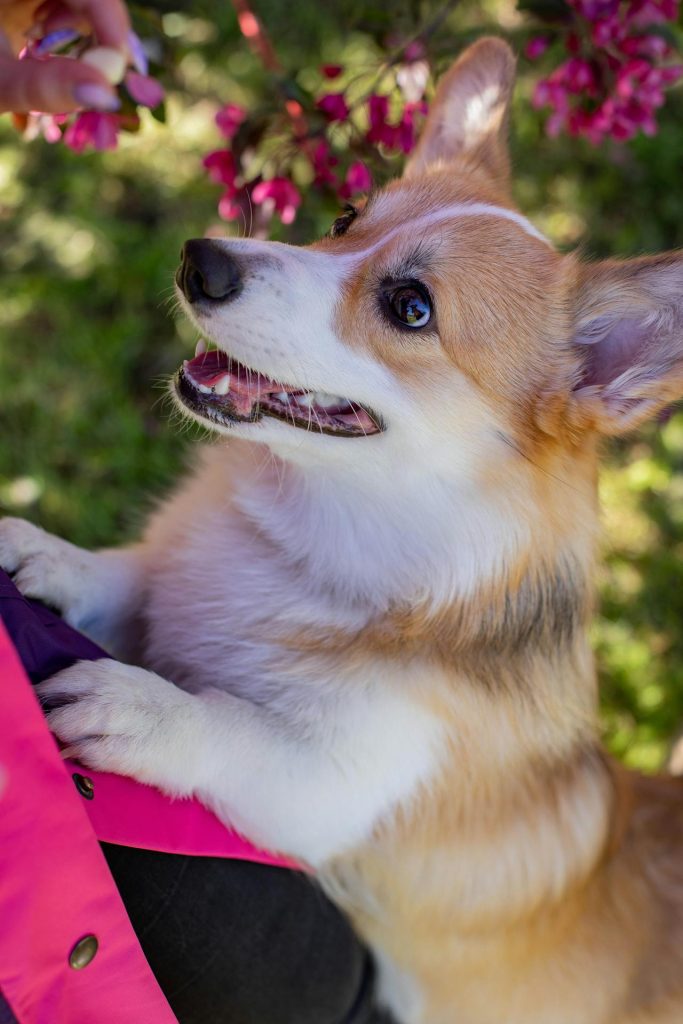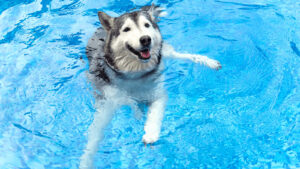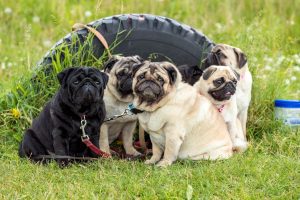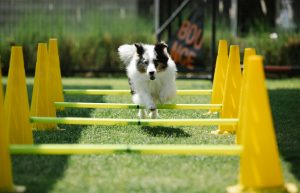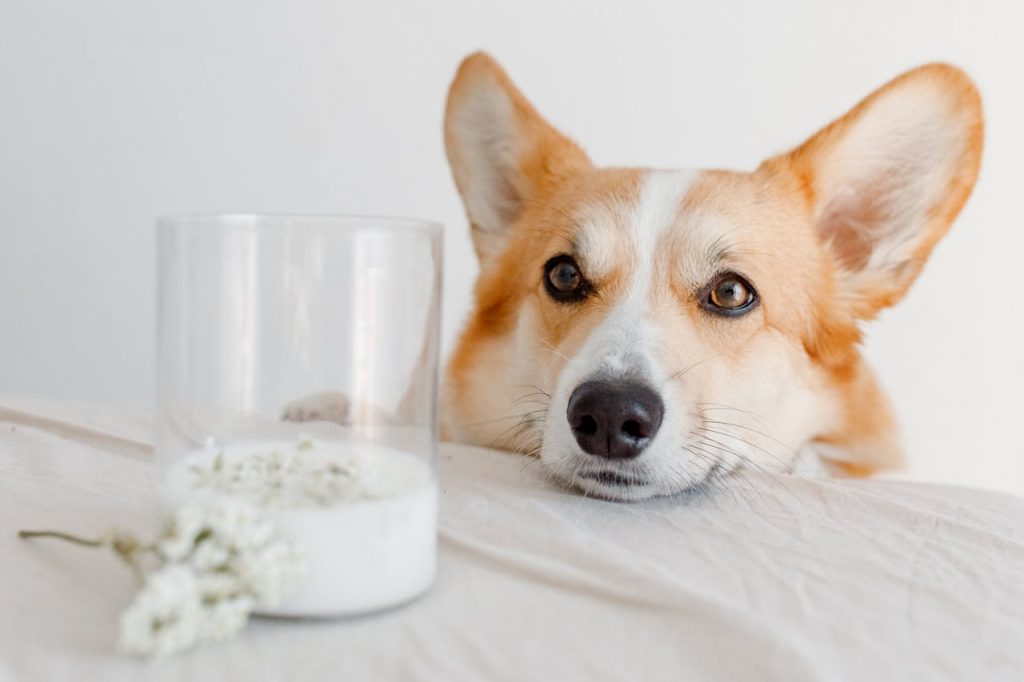
To train a food aggressive dog, you need to understand the underlying triggers and motivations driving its behavior. Start by identifying the situations, people, or environments that cause your dog to become aggressive during meals. You’ll also need to recognize the role of resource guarding, where your dog feels the need to protect its food. By developing a training strategy that addresses these issues, you can help your dog feel more secure and calm during meals. As you begin this process, you’ll discover the importance of desensitization techniques, polite mealtime behavior, and managing meals with multiple pets to achieve success.
Table of Contents
Key Takeaways
- Identify food aggression triggers by observing body language cues, examining the feeding environment, and considering interactions with other pets.
- Develop a behavior modification plan tailored to the dog’s unique needs, utilizing positive reinforcement techniques and considering professional help.
- Desensitize the dog to food triggers by starting with low-level exposure, gradually increasing exposure, and rewarding calm behavior.
- Manage mealtime behavior by establishing clear boundaries, creating a calm dining environment, and prohibiting interactions during meals.
Identify Food Aggression Triggers
To address your dog’s food aggression effectively, you need to identify the specific triggers that cause this behavior in your pet.
Start by observing your dog’s body language cues during meals. Does your dog stiffen, growl, or show its teeth when approached while eating?
Take note of these cues, as they can indicate that your dog feels threatened or possessive about its food.
Next, examine your dog’s feeding environment. Does your dog eat in a quiet, secluded area or in a busy, high-traffic zone? Perhaps the presence of other pets or family members during meals triggers your dog’s food aggression.
This post contains affiliate links. However all the information provided on this site are my own honest opinions. See more in Disclaimer.
Consider the type of food and feeding schedule you’re using, as well. Some dogs may become aggressive when competing for food or when their meal times are inconsistent.
Understand Resource Guarding Behavior
Resource guarding, a common canine behavior closely linked to food aggression, occurs when your dog protects its valued resources, such as food, treats, or toys, from perceived threats.
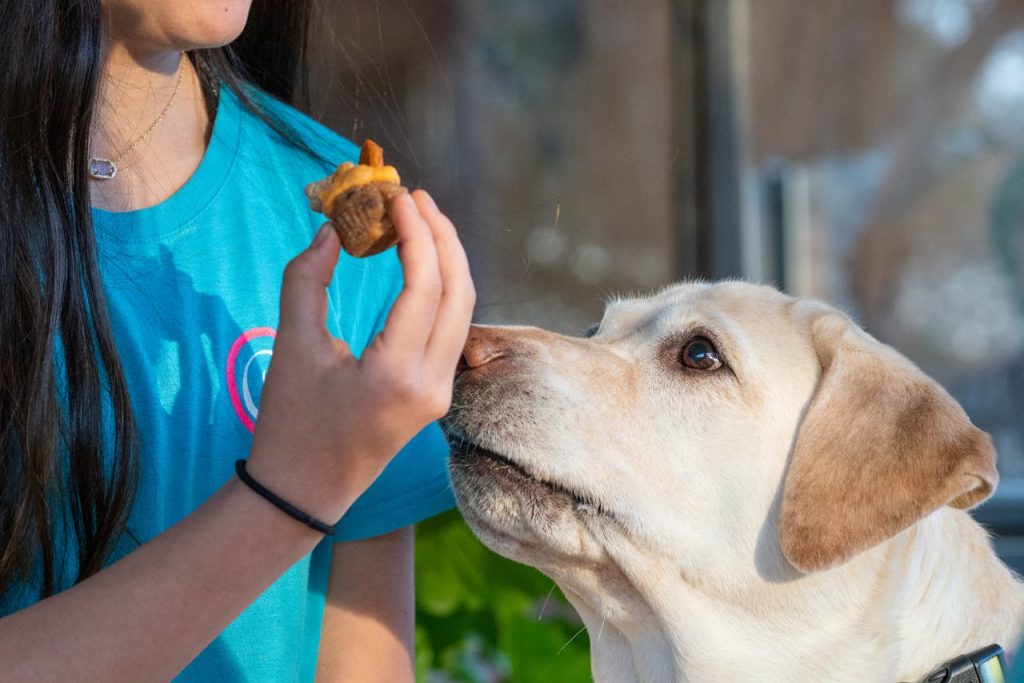
To address this behavior, you need to understand what triggers it.
Here are three key factors that contribute to resource guarding:
- Fear and anxiety: Your dog may feel uneasy about sharing resources or worry that they’ll be taken away.
- Learned behavior: Your dog may have learned resource guarding by observing others or through reinforcement (e.g., getting attention or treats when growling).
- Social status: Your dog may defend resources to assert dominance or control.
Understanding the causes of resource guarding is fundamental to addressing food aggression. By recognizing the behavioral triggers, you’ll be better equipped to address the root causes.
Resource guarding isn’t just about food – it’s about your dog’s emotional state and perceived threats.
By addressing these underlying issues, you can develop effective strategies to overcome food aggression and create a more harmonious relationship with your dog.
Develop a Training Strategy
Once you’ve understood the underlying causes of resource guarding, developing an effective training strategy involves identifying the specific triggers that set off your dog’s food aggression and creating a customized plan to address these behaviors.
You’ll need to pinpoint the exact situations, people, or actions that cause your dog to become aggressive while eating.
This information will help you design a behavior modification plan tailored to your dog’s unique needs.
Your training strategy should also involve selecting the right training tools to help your dog overcome food aggression.
Positive reinforcement techniques, such as clicker training and reward-based exercises, are often effective in addressing this behavior.
You may also want to contemplate working with a professional dog trainer or behaviorist who can provide personalized guidance and support.
Desensitize Your Dog to Food
With your training strategy in place, you’re now ready to start desensitizing your dog to the food triggers that set off their aggression.
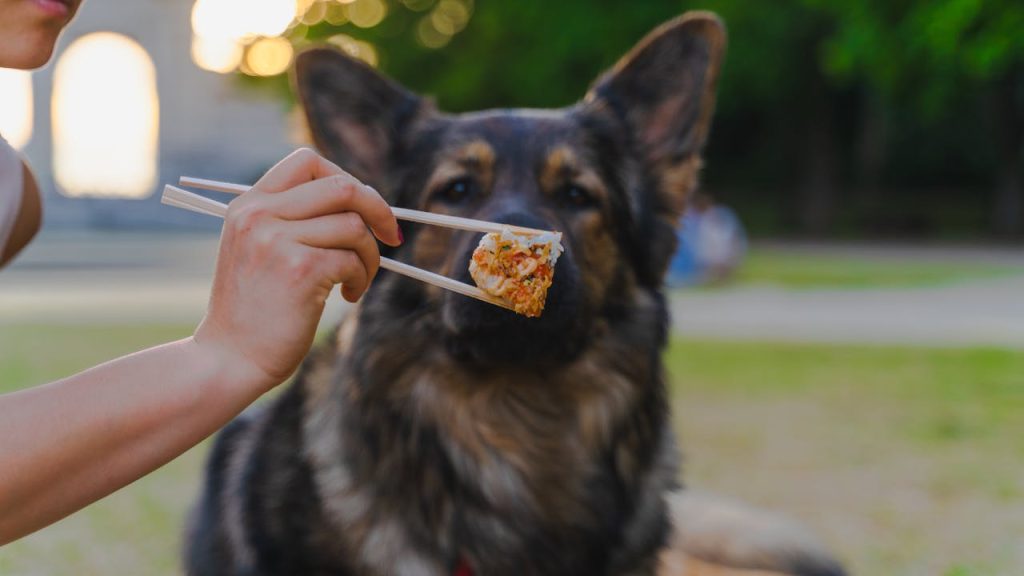
This process involves gradually exposing them to the stimuli that previously caused resource guarding.
This critical step aims to reduce your dog’s stress and anxiety around food, ensuring food safety for both your dog and others around them.
To desensitize your dog effectively, focus on the following steps:
- Start with low-level exposure: Begin by exposing your dog to the food trigger from a safe distance, where they’re not reacting aggressively.
- Gradually increase exposure: Incrementally increase the proximity or duration of exposure, monitoring your dog’s behavior and adjusting as needed.
- Reward calm behavior: Positive reinforcement is key; reward your dog for remaining calm in the presence of the food trigger.
Teach Polite Mealtime Behavior
As you progress in addressing your dog’s food aggression, you’ll need to focus on teaching polite mealtime behavior.
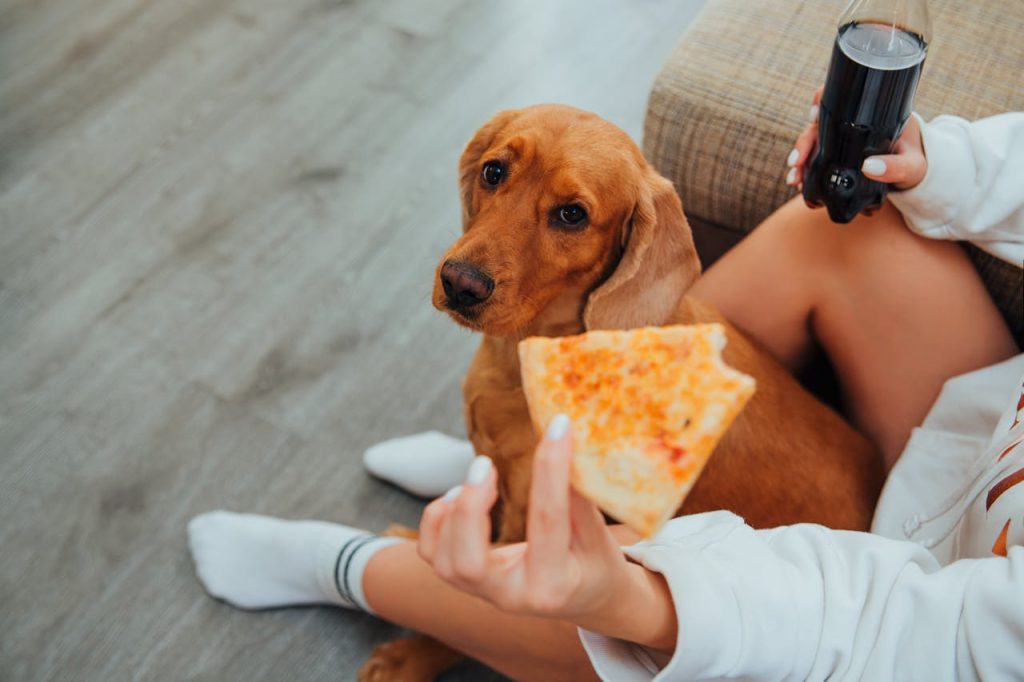
This involves establishing clear mealtime boundaries, so your dog learns what’s expected of them during meals, and desensitizing them to food triggers that may have previously caused anxiety or aggression.
Establishing Mealtime Boundaries
To address food aggression, you need to teach your dog polite mealtime behavior by setting clear boundaries around their food and mealtimes.
Start by examining your current mealtime rituals and making adjustments to create a calm dining environment. Consistency is key when teaching your dog new behaviors, so establish a regular feeding schedule and stick to it.
Here are three essential boundaries to establish during mealtimes:
- Feed in a quiet, distraction-free area: Minimize distractions that could trigger food aggression, such as other pets or family members.
- Use a consistent feeding area: Designate a specific area for meals to help your dog associate that space with eating.
- Prohibit interaction during meals: Avoid interacting with your dog while they’re eating, as this can create anxiety and possessiveness around food.
Desensitizing Food Triggers
During the desensitization process, you’ll teach your dog to calmly accept minor disruptions to their meals, gradually building their tolerance to triggers that previously sparked food aggression.
This is vital for food safety, as a calm dog is less likely to snap or bite when approached during meals.
To begin, start by having someone stand a safe distance away from your dog while they eat, then gradually increase their proximity over time. Reward your dog for remaining calm.
As you progress, you’ll introduce various behavioral cues, such as speaking calmly, making eye contact, or gently petting your dog while they eat.
These cues will help your dog associate mealtime with positive interactions.
If your dog exhibits signs of aggression, such as growling or snapping, it’s important to slow down the desensitization process.
By gradually building your dog’s tolerance to disruptions, you’ll help them develop polite mealtime behavior, ensuring a safe and enjoyable dining experience for everyone.
Trending in Dogs:
Managing Resource Guarding
While desensitization helps your dog tolerate mealtime disruptions, managing resource guarding requires teaching polite behaviors that allow them to comfortably share their food and interact with others.
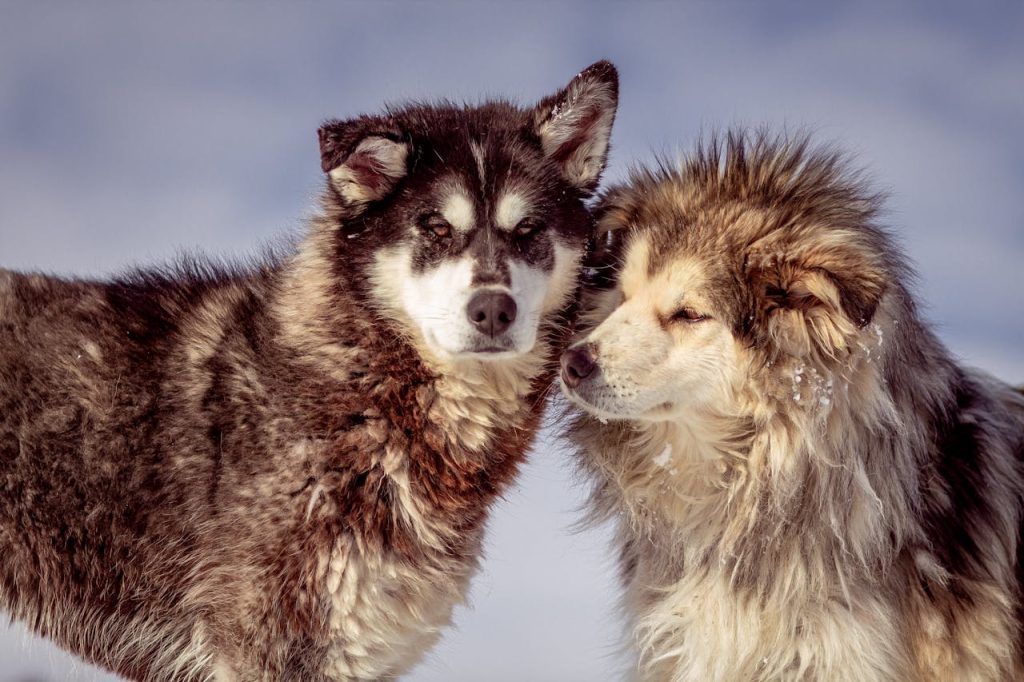
You’ll need to train your dog to exhibit calm, relaxed behavior during meals, which can be achieved through consistent training techniques and positive reinforcement.
To teach polite mealtime behavior, focus on the following:
- Mealtime etiquette: Teach your dog to sit or lie down calmly while eating, without displaying aggressive dog behavior.
- Food sharing: Encourage your dog to share their food with you or others by offering treats in exchange for a portion of their meal.
- Gradual exposure: Gradually introduce new people, pets, or other distractions during meals to help your dog become confident in their ability to share and interact.
Manage Meals With Multiple Pets
Separating your food aggressive dog from other pets at mealtime is essential to preventing resource guarding and minimizing the risk of conflict.
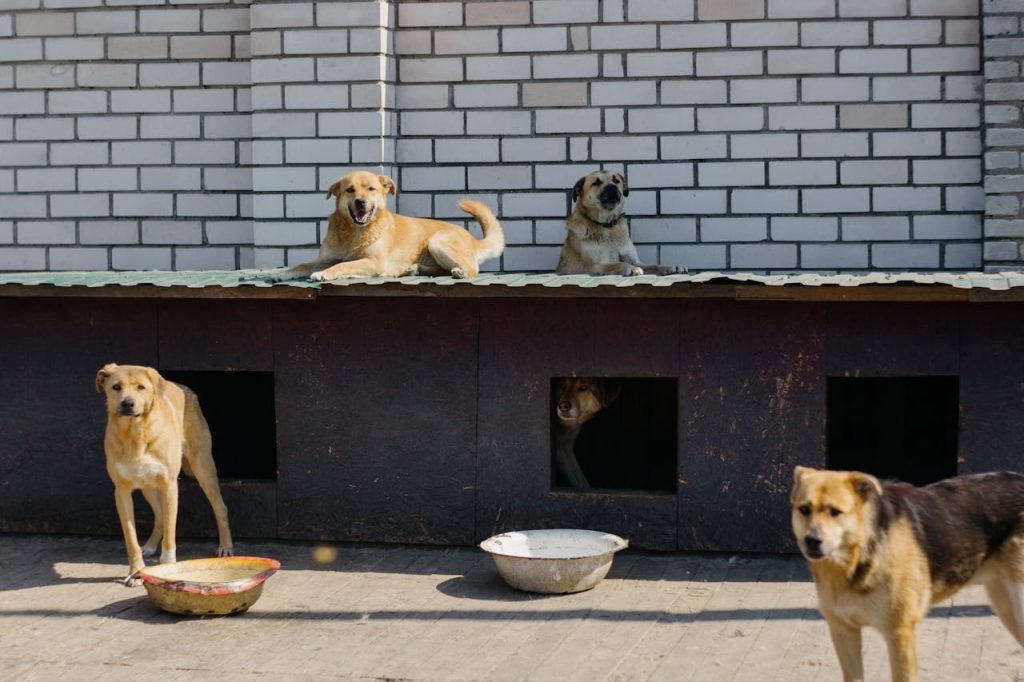
By managing mealtime rituals and pet feeding, you can create a safe and stress-free environment for all your pets. Here are some tips to help you manage meals with multiple pets:
| Pet | Location | Supervision |
|---|---|---|
| Food Aggressive Dog | Separate room | Yes |
| Other dogs | Different rooms or crates | Yes |
| Cats | Separate room or high surface | No |
| Small pets (e.g. rabbits, guinea pigs) | Secure enclosures | No |
| All pets | Gradually increase face-to-face interactions under close supervision | Yes |
Gradually Increase Social Interactions
Now that you’ve learned to manage meals with multiple pets, it’s time to gradually increase social interactions to help your food aggressive dog become more confident and calm in the presence of people and other animals.
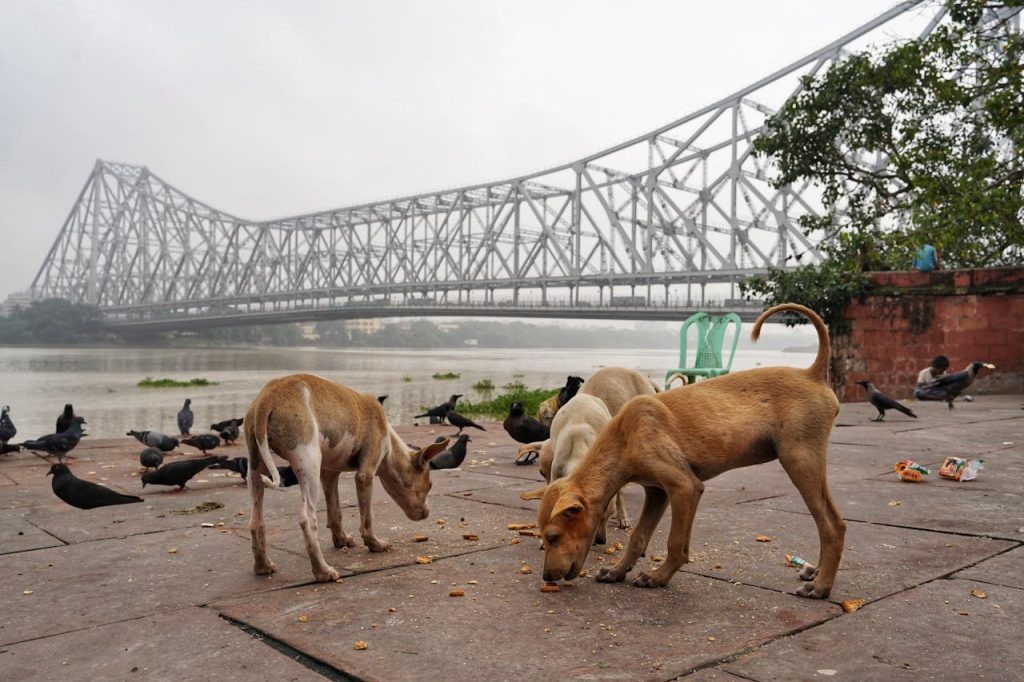
You’ll start by desensitizing your dog’s food resource guarding, reducing their need to protect their food from others.
This will involve neutralizing environmental stressors and using positive reinforcement training to teach your dog to associate social interactions with positive outcomes.
Desensitize Food Resource Guarding
Your dog’s food resource guarding can be desensitized by gradually increasing their exposure to social interactions while they’re eating, starting with small, manageable steps.
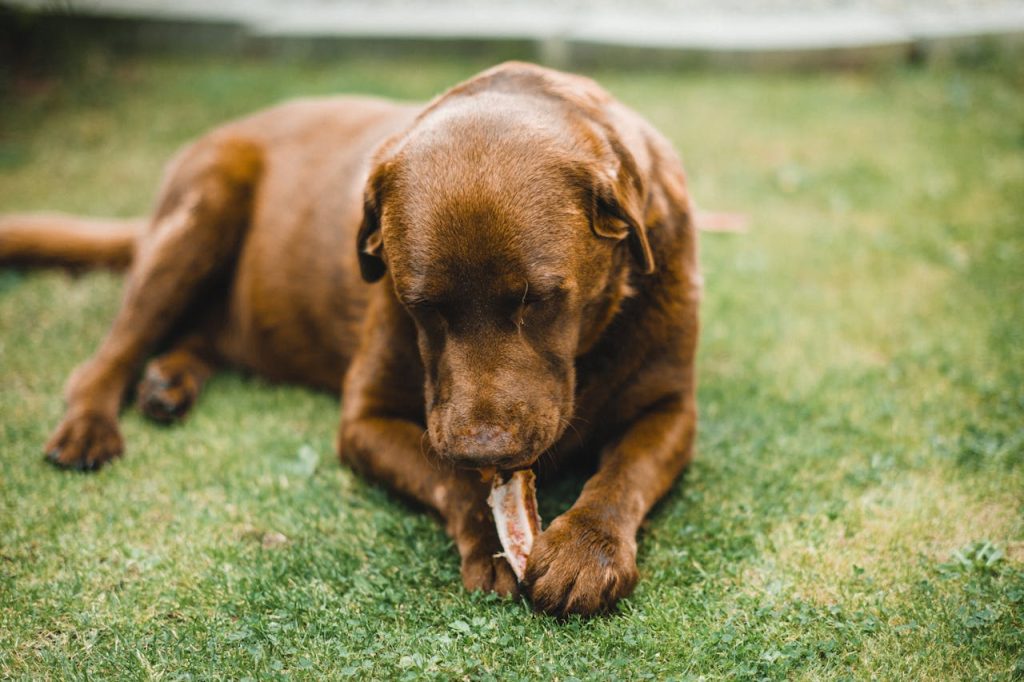
Understanding canine psychology is key to addressing food anxiety in dogs. By desensitizing your dog to social interactions during meals, you’ll help them become more confident and calm in the presence of others.
To achieve this, follow these steps:
- Start with low-level exposure: Begin by having someone sit in the same room as your dog while they’re eating, but at a safe distance. Gradually increase their proximity over time.
- Introduce calm interactions: Once your dog is comfortable with someone nearby, have that person calmly interact with your dog while they’re eating, such as speaking softly or gently petting them.
- Increase interaction duration: As your dog becomes more relaxed, increase the duration of these interactions. This will help your dog learn to associate social interactions with positive experiences, reducing their food anxiety and resource guarding behaviors.
Remember to always prioritize your dog’s comfort and safety during these exercises.
With patience and consistency, you can help your dog overcome food resource guarding and develop a more positive relationship with food and social interactions.
Neutralize Environmental Stressors
Neutralize Environmental Stressors (Gradually Increase Social Interactions)
Environmental stressors that trigger food aggression, such as visitors or loud noises, can be neutralized by gradually increasing your dog’s exposure to these stimuli in a controlled and calm environment.
Your goal is to help your dog become confident and calm in the presence of these stressors.
Start by exposing your dog to the stressor at a low level, then reward calm behavior. Gradually increase the intensity of the stressor over time, continuing to reward calm behavior.
Environmental enrichment plays an essential role in stress reduction. Provide your dog with a variety of activities and toys to keep them engaged and stimulated.
This will help distract them from stressors and reduce anxiety.
As you increase social interactions, remember to keep the environment calm and controlled. Avoid pushing your dog beyond their comfort zone, as this can exacerbate food aggression.
Positive Reinforcement Training
Building on the calm and confident foundation you’ve established by neutralizing environmental stressors, you’ll use positive reinforcement training to teach your dog to associate people and social interactions with pleasant experiences, even in the presence of food.
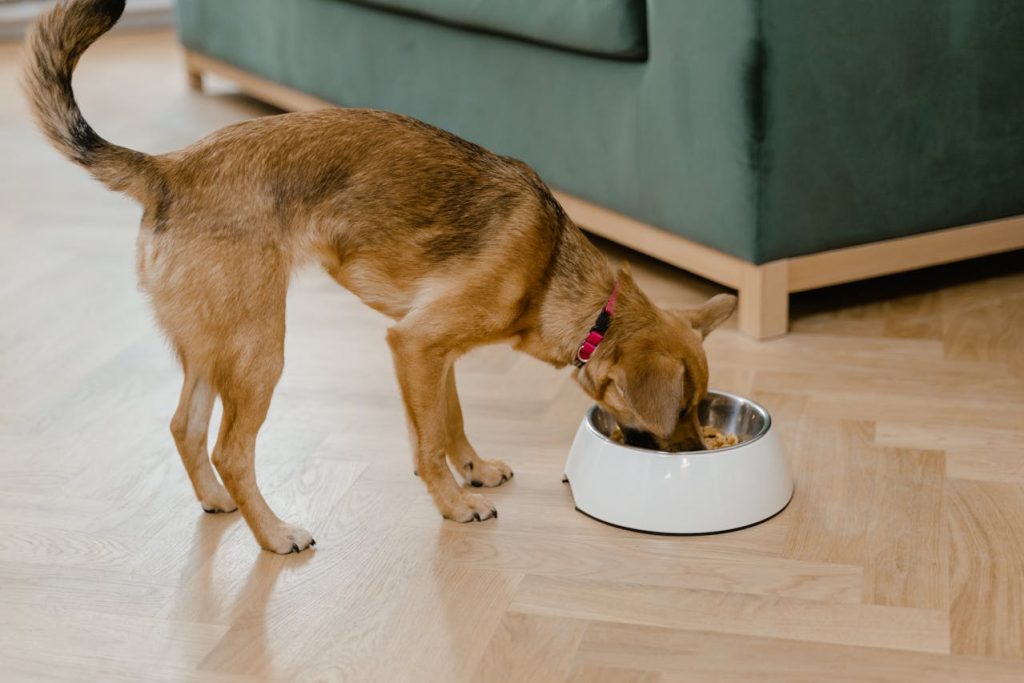
This approach focuses on rewarding desired behaviors, rather than correcting undesired ones.
By using clicker training and reward systems, you’ll encourage your dog to view social interactions as opportunities for positive reinforcement.
Here are three key ways to implement positive reinforcement training:
- Introduce calm, low-stakes interactions: Begin by exposing your dog to calm, low-stakes social interactions, such as a friend sitting quietly in the same room.
- Use high-value rewards: Reward your dog with high-value treats and praise for calm behavior in the presence of others.
- Gradually increase social complexity: As your dog becomes more confident, gradually introduce more complex social interactions, such as people approaching or touching their food bowl.
Frequently Asked Questions
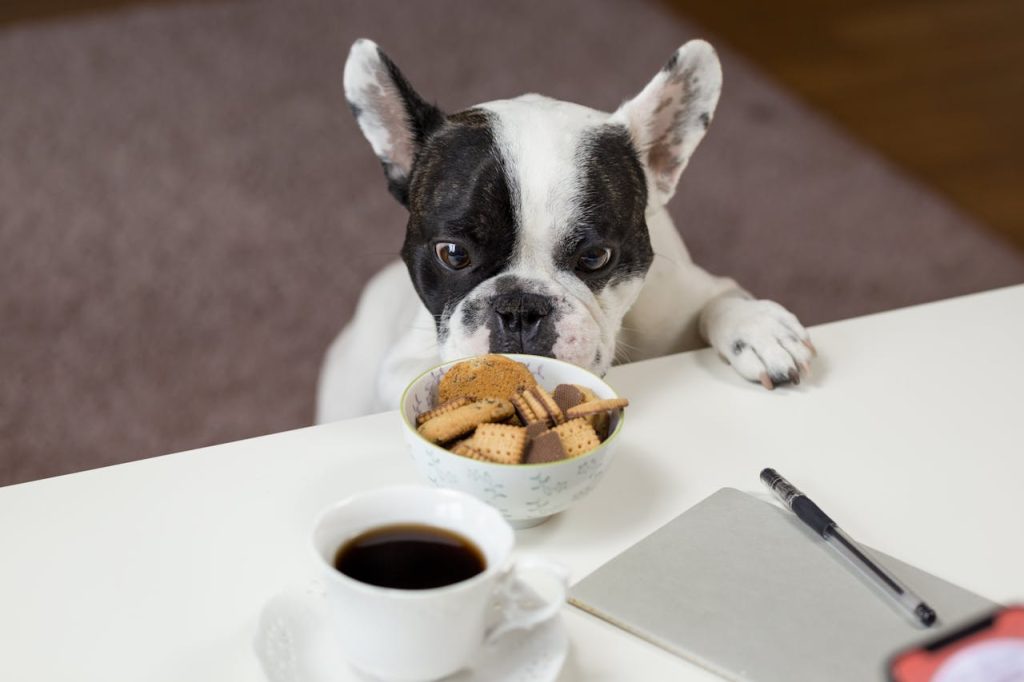
You can try self-training techniques on your own, but it’s vital to contemplate seeking professional help for behavioral modification, as food aggression can be a complex issue that requires expert guidance to address safely and effectively.
You’ll discover that research debunks the theory that food aggression can be resolved overnight. In reality, training duration varies, but with consistent behavior modification, you can expect significant progress in a few months to a year.
You can greatly reduce food aggression in dogs, but completely curing it depends on addressing underlying causes and implementing effective prevention strategies; consulting a professional dog trainer or behaviorist is essential to assess and treat the issue.
You’ll find that nearly 20% of dogs exhibit some form of resource guarding. While breed characteristics can influence food aggression, it’s not the sole determining factor; socialization importance plays a significant role, regardless of breed.
You’ll notice that training for food aggression also addresses other behavioral triggers, as you’re teaching your dog self-control and calm behavior. By using positive reinforcement, you’re building your dog’s confidence, which benefits overall behavior.
Conclusion
You’ve taken the first vital steps in addressing your dog’s food aggression, and that’s a huge accomplishment – after all, ‘you can’t teach an old dog new tricks’ doesn’t apply here.
With patience, consistency, and positive reinforcement, you’ve helped your dog feel more secure at mealtime.
Continue to build on this progress, and remember that managing food aggression is an ongoing process that requires dedication and love.
Stay committed, and your dog will thank you.


